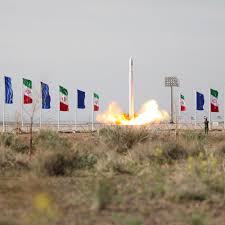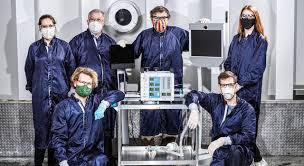
Researchers at the Arayabhatta Research Institute of Observational Sciences (ARIES) Nainital found that SN 2010kd, a super-luminous supernova stands out with the amount of mass as well as Nickel ejected during explosion, which is much more than seen in case of normal core-collapse supernovae.
Daily Current Affairs Quiz 2020
Key-Points
Supernovae are a kind of energetic explosions where the core of massive stars goes to a catastrophic phase of explosion liberating huge amounts of energy.
These massive stars are a few times to that of the mass of the Sun. The events are visible through very far away distances much beyond the solar system.
Superluminous supernovae are a special type of stellar explosions having energy output 10 or more times higher than that of standard supernovae.
SN 2010kd is approximately located at a distance of 1.5 Giga light-years. It was discovered by the Robotic Optical Transient Search Experiment (ROTSE-IIIb) telescope as a part of the ROTSE supernova verification project in the USA on 14 November 2010. It was embedded in a dwarf host galaxy towards the Leo constellation.





